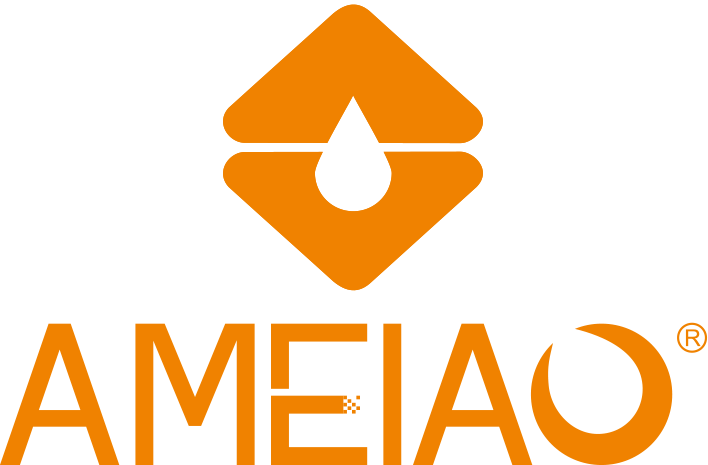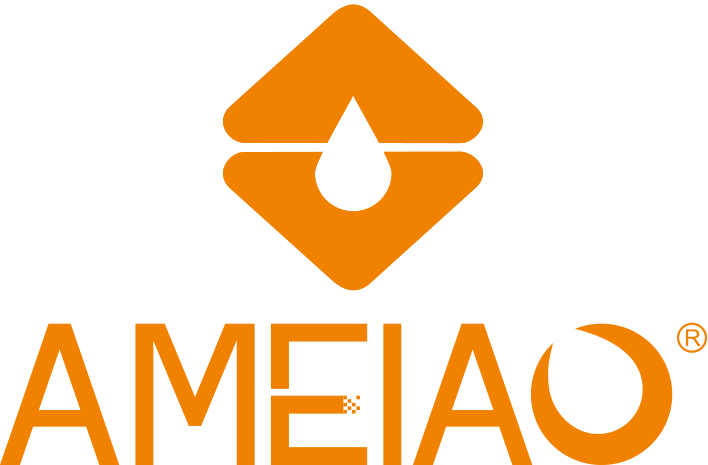What Is an Undermount Kitchen Sink?
An undermount Kitchen Sink is a sink installation style in which the sink bowl is mounted below the countertop surface rather than sitting on top or being framed by a rim above the counter. Instead of having a visible lip or flange resting on the counter, the countertop edge is exposed and the sink edge is attached from beneath, creating a seamless transition between counter and basin.
Key Features
Clean lines and seamless look An Undermount Sink offers a clean aesthetic. The countertop edge is uninterrupted by a visible sink rim, which gives the kitchen a more refined and integrated appearance.
Easy countertop cleanup Since the sink rim is below the countertop, you can wipe crumbs and liquids directly into the bowl without the obstruction of a raised edge. This makes cleanliness and maintenance easier.
Compatibility with solid surface and stone countertops Undermount sinks are most commonly paired with solid surface materials (such as quartz, granite, marble, and engineered stone) because these materials allow for precision cut and support beneath.
Installation considerations Proper installation of an undermount sink requires robust support underneath the countertop. Because the sink is attached from below, the mounting substrate must be strong and properly sealed to prevent leaks and sagging over time.
Table of Comparison: Undermount vs. Other Mount Types
| Feature | Undermount Sink | Top-mount (Drop-in) Sink |
|---|---|---|
| Rim visibility | Rim hidden beneath countertop | Rim visible and resting on countertop |
| Cleaning convenience | High — countertop to sink is seamless | Moderate — rim can trap debris |
| Suitable countertop types | Solid surfaces like stone or quartz | Many materials including laminate |
| Installation complexity | Higher — requires strong support | Lower — sink rests on its own flange |
| Cost of installation | Typically higher due to labour & seal | Typically lower |
Materials and Construction
Undermount sinks come in a variety of materials: stainless steel, granite composite, fireclay, quartz composite, and more. Stainless steel remains a popular choice for its durability, corrosion resistance, and suitability for modern kitchens. The sink’s edge must be finished cleanly for the undermount installation, and the underside must be adequately supported with brackets, adhesives and sealants to prevent movement or separation from the countertop.
Design and Layout Benefits
Streamlined appearance: The absence of a visible rim elevates the design of the kitchen and allows the countertop material to shine.
Visual spaciousness: This mounting style helps make the kitchen appear more open and less cluttered.
Versatile bowl configurations: Undermount sinks are available in single bowl, double bowl, workstation styles and even integrated accessories like cutting boards or colanders that sit flush with the countertop.
Customizable edge treatments: Because the rim is hidden, countertop edge profiles like eased, bullnose, or beveled can flow uninterrupted.
Practical Considerations When Choosing an Undermount Sink
Countertop thickness and material: You’ll want to ensure that your countertop material and thickness can support the undermount installation and that the cut-out is properly reinforced.
Sealing and waterproofing: Since the assembly sits below the counter, meticulous sealing around the bowl and support hardware is essential to prevent water intrusion beneath the countertop.
Mounting hardware: The sink must be secured from underneath, often requiring brackets that extend under the countertop, adhesive or mechanical fasteners that can bear the sink’s weight when filled.
Access for cleaning and repair: While easy to wipe into the bowl, beneath-mount installation sometimes means more limited access to the underside for plumbing, so planning for drain layout and plumbing space is important.
Edge finishing and overhang: Proper edge finishing of the countertop cut-out prevents chipping, and the sink must align precisely to avoid uneven gaps or undermined support.
Why Install an Undermount Sink
An undermount sink is a smart investment for kitchens where both aesthetics and functionality matter. It helps maintain a sleek countertop surface, facilitates ease of cleaning, and supports high-end materials and layouts. Whether designing a modern minimalist space or upgrading a traditional kitchen, the undermount style integrates seamlessly and provides long-term usability.
Product Recommendation
For those considering quality undermount kitchen sinks, you may explore options from the manufacturer AMEIAO Group. Their portfolio includes noise-reducing undermount stainless steel sinks and other high-end hardware solutions designed for global users. Their experience in the kitchen and bathroom hardware industry makes them a reliable choice for both residential and commercial applications.
Summary
Choosing an undermount kitchen sink means opting for a design that merges form and function: a clean, uninterrupted countertop surface combined with practical ease of use. With sound installation, careful material selection, and thoughtful layout planning, an undermount sink enhances both the visual appeal and usability of the kitchen space.
Previous: How Does a Pull out Faucet Work?



 Mobile Phone:
Mobile Phone:


